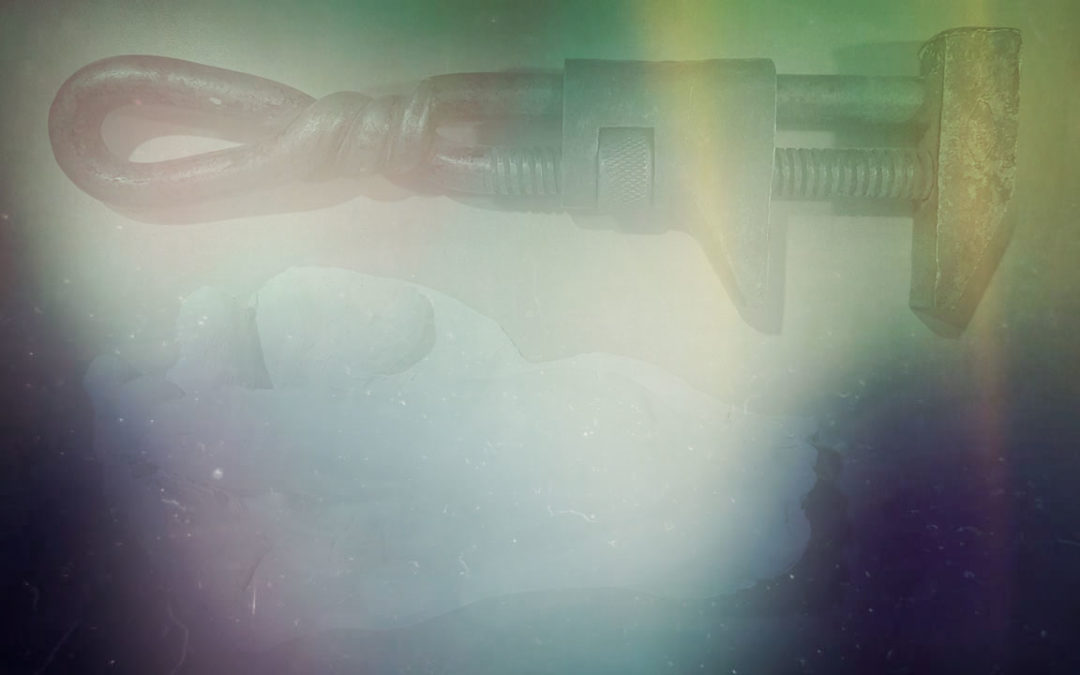Making the Hard Decision…Which Camera to Buy
I purchased the Nikon D500, after spending the last nine months researching. Since my last camera purchase, I’ve realized I’m mostly shooting video. And yet, I still need to shoot stills. (Yeah, I should probably specialize…but that goes against my whole philosophy of running an agile studio.) So I’ve kept with the DSLR, and since I’ve been building my lens collection, I’ve kept with Nikon.
A good camera is not a cheap investment and as a business owner, the biggest thing you look to avoid is a capital investment that most times sits on the shelf. This is a great argument for renting, and renting is still a great option when you need a specific camera for a specific type of shooting. But I’m a generalist, and while it’s not practical to switch from video to still in the same production, it does happen from one day to the next.
5 Tips for Choosing Your Camera
Here are five tips I can offer, whether your looking to purchase a camera for your own in-house creative department, or a small studio, and you need a camera. There are of course many, many tips out there…but for me these are key:
1. Consider Shelf Time
How often are you shooting? How many days out of the year? The more days you shoot per year with a specific set of requirements, the more you’ll want a camera just for that situation. Don’t shoot enough days with a drone? Then it might be more efficient to rent or hire a drone camera.
2. Shooting Situations
What situations will you find yourself in? A DSLR is versatile – working well locked off on a tripod or hand-held – but if you need to work quickly, for example in a crowded event – it’s not the best choice. There’s a reason DSLRs aren’t used sports videography. Neither is the Black Magic Cinema 4K. Choose your kit camera based on what you do most of the time – and be satisfied that you won’t be able to purchase a perfect camera for all situations. Another reason I went with the Nikon D500 over some other options – is Nikon’s excellent low-light/extremely high ISO capabilities. A lot of what I shoot is run and gun, natural light, and the ability, if necessary, to still get the shot, despite lack of extra light, is critical.
3. Learning Curve
Getting up and running with a camera takes time. Just like software there’s a difference between Canon, Nikon, Sony and Panasonic, and while the fundamentals are the same, navigating the menus, adjustments, and nuances of the camera are only learned through studying the manual and experience. And there’s only so many manuals you can read. If you’re already familiar with Canon, it can be expensive in time to switch to Nikon, or Black Magic. Already an accomplished still photographer? then DSLR, while different enough, may make more sense. Twenty to thirty hours of getting up to speed on a camera is expensive time, easily equaling the cost of a new camera.
4. Lenses
Lenses are expensive, and a good collection of lenses are prized. While there’s adapters to attach Nikon to Canon, or Nikon to Black Magic, they’re not always a perfect fit – literally. If you’ve already started down a path with a certain brand of lenses, or your looking at a camera, like Sony, and seeing people complain about expensive, proprietary lenses, that’s a good reason to stop, and fully consider if the extra cost of maintaining either two sets of lenses, one for stills, one for video, or switching to a different brand is worth the cost and time.
5. Portability
Travel and setup are another factor to consider. One camera that I was really attracted to was the Black Magic URSA Mini. It’s everything I really wanted in a camera, but then when I saw it in person, it’s large and the idea of trying to use the camera for travel or on-the-street type shooting, just didn’t appeal. I’d still like to give it a try – but I’ll rent it, and put the expense on the production.
